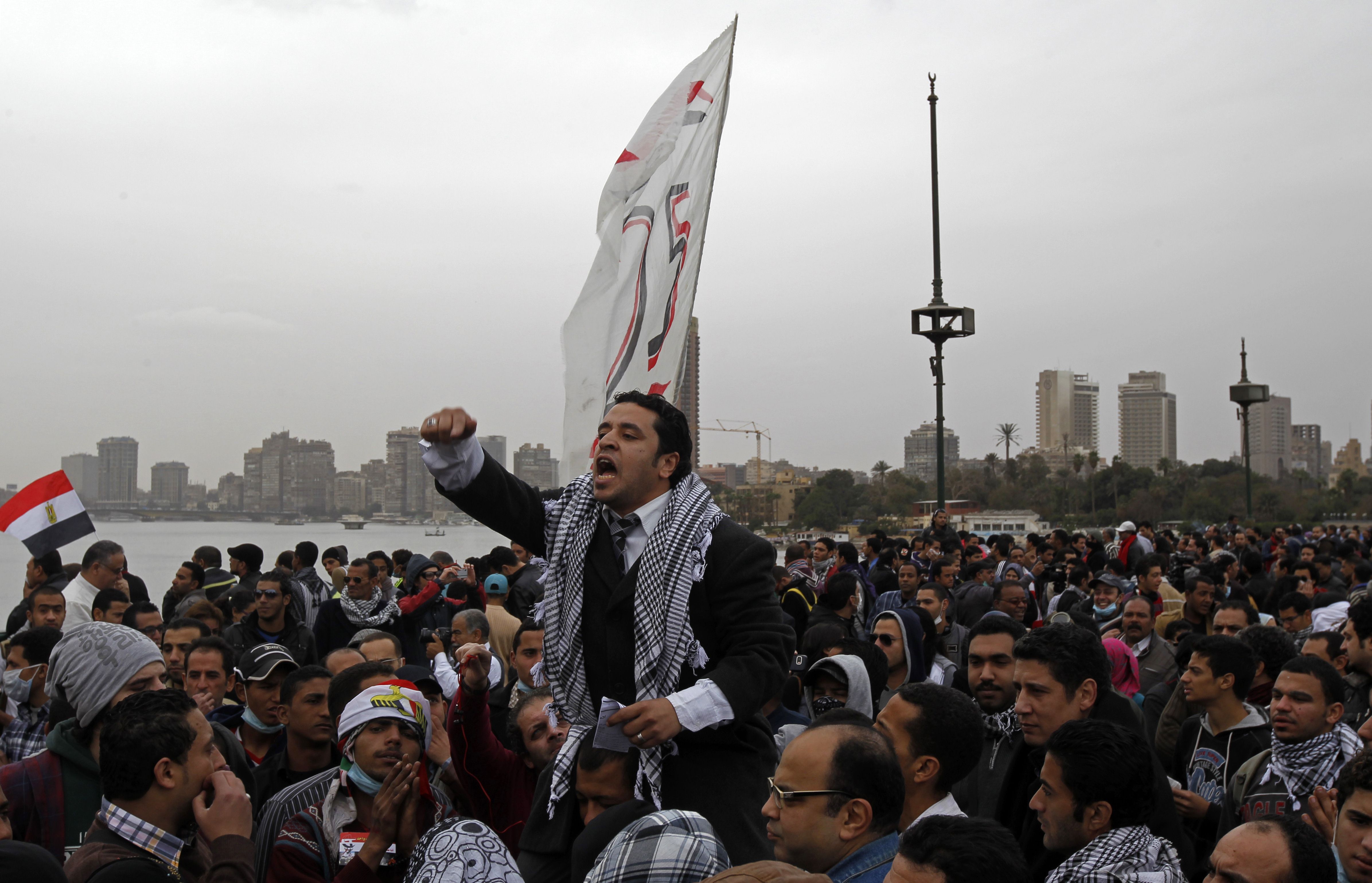
(AFP, Ali Ngethi)
AFP – Beneath skies filled with vultures circling the ghost town of Bor in South Sudan’s Jonglei state, diggers are clearing more space for the bodies slowly filling the ground.
Some have lain where they fell since December, when fighting broke out in the capital Juba, some 200 kilometres (130 miles) to the south.
A stand-off between the country’s leader Salva Kiir and his former deputy Riek Machar quickly spread to Bor, where old ethnic, political and historical tensions were revived and countless people were killed.
Now, limbs are melting under the sweltering sun, exposing bones that dry and twist like firewood. But one man is determined to count, despite the pervasive stench and mammoth task of clearing up what local and UN officials estimate are a few thousand bodies.
“I was sick for three days, but I couldn’t stop. I couldn’t leave the bodies,” said Michael Mayen, a human rights lawyer turned self-appointed body collector whose tears and constant coughing have hardened into a resolve to bury as many people as he can.
“We have to honour our people. We have to bury them.”
Kitted only with one white cotton glove and rubber boots, Mayen has been dragging the dead off the streets of Bor, away from the jaws of feasting dogs and circles of sharp beaks.
“We started collecting the bodies on 27 January and now we collected to this moment 2,007 bodies,” he said, standing at a site where 134 people have just been buried.
More white body bags – some with alarmingly small contours – glint in the sun and line the streets. When shifted, they cause a smell so violent that resident Joseph Mabyei snatches a fistful of herbs from the ground, spits and takes an alternate route to the nearby water point.
“I smelt the bodies and I cried,” said Mabyei, who lost 30 friends and relatives in the fighting. “It makes me feel very bitter, having this rot in your nose.”
Jonglei’s acting governor, Aquilla Lam, said that “maybe 60 percent of Bor has been cleared” and hope of salvaging more remains is crumbling.
“We don’t have equipment. We don’t have cars”, he said.
For now, he is focused on taking out Machar’s rebel forces that are still fighting in three of South Sudan’s 10 states, even if a ceasefire is supposed to be in place and peace talks are ongoing in neighbouring Ethiopia.
“We must defeat the enemy, bury them and clean our town.”
Bor Commissioner Agot Alier said that teams are going house to house to find the bodies, but have only managed to check the main town and a site around 5 kilometres (3 miles) out.
“We know that they will be in a very bad state and rotting,” he said, “but what can we do?”
Mayen has been photographing bodies that could be identifiable to relatives who fled successive attacks on Bor by forces loyal to South Sudan’s army, and rebels joined by the White Army – a militia comprising thousands of youths known for marching into battle daubed in white ash.
But many bodies have already been burnt beyond recognition, and are little more than a pile of ash left outside charred huts where only wire bed frames show former signs of life.
Human Rights Watch has been calling on the UN peacekeeping mission in South Sudan and the African Union to investigate massacres across the country and release reports on abuses now, before the evidence and the accountability needed to the end violence are buried.
“The slowness from both institutions sends the wrong signal that, even as the violence continues, yet again perpetrators in South Sudan may have their crimes ignored,” said Skye Wheeler, HRW’s South Sudan researcher.
“Evidence is disappearing as neighbours bury their dead in unmarked graves and bullet casings are swept away. This evidence needs to be documented now, for example the dead in Bor need to be photographed and the information properly catalogued to help reconstruct events,” she added.
The UN’s recent announcement that cluster bomb remnants have been found near Bor is unlikely to speed boots back to the ground, especially to areas others have not trodden.
At a church where 20 people were killed – among them six female priests – Reverend Thomas Kur said that despite bleaching the floors, digging up the blood-soaked earth where three women were raped and butchered and removing the wooden doors, he can’t get rid of the smell of death that hangs over much of Bor.
“There are many bodies still around,” he said.
He and a handful of others are attending the mass burials as residents trickle back in and focus on merely staying alive.
Mother-of-four Mary Aru only went back from the bush to Bor for the day to salvage the remnants of her home.
“The whole house was destroyed. They stole the beds, everything. The only thing we found were a few pieces of cloth,” she said of the contents of her wheeled suitcase bumping noisily down otherwise empty dirt streets where a small bird’s chirping is amplified.
Gazing up at the sky, she worries about the flocks of birds with a new taste for flesh.
“I don’t know whether they’re going to eat me or not,” she said.


